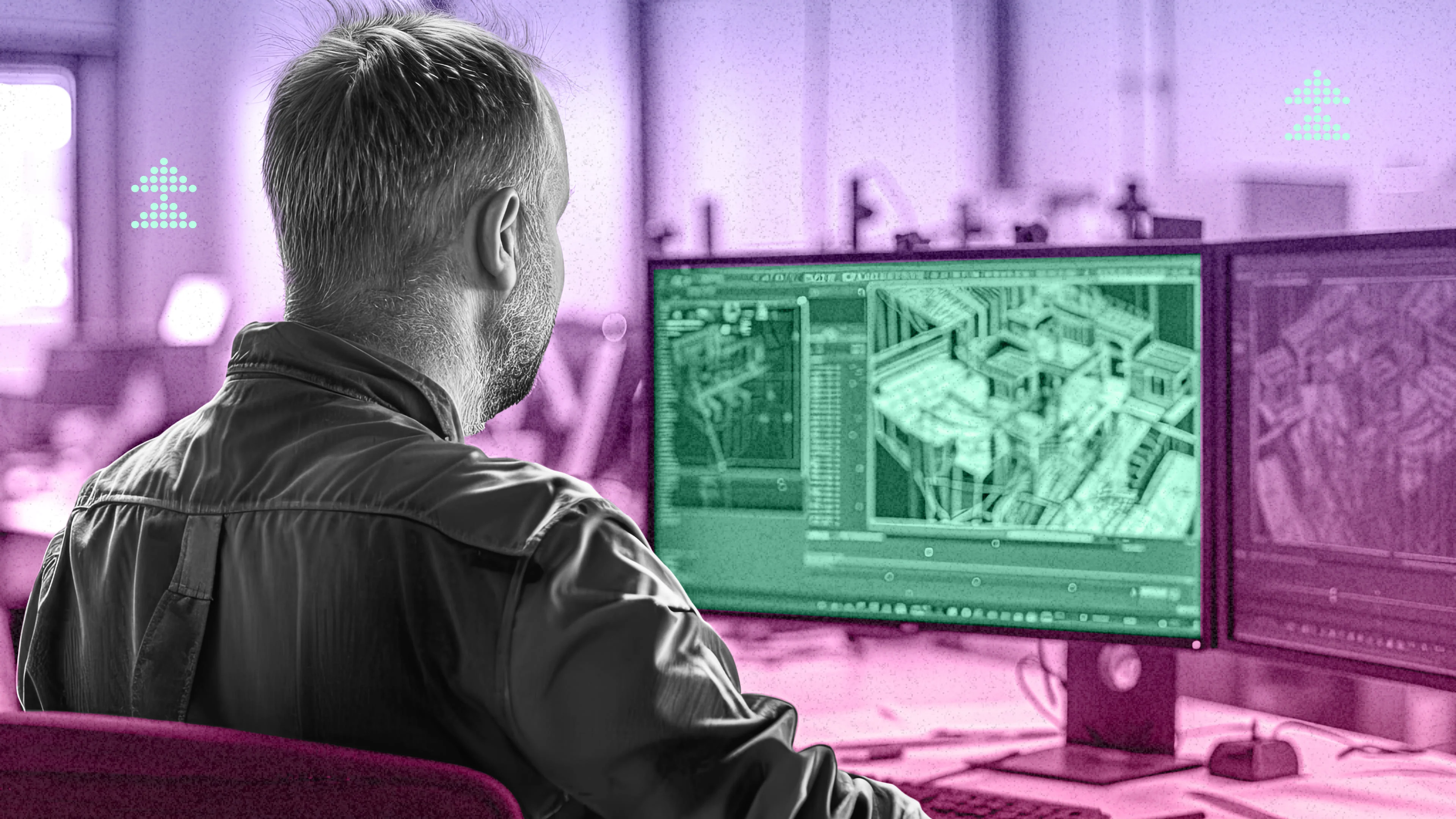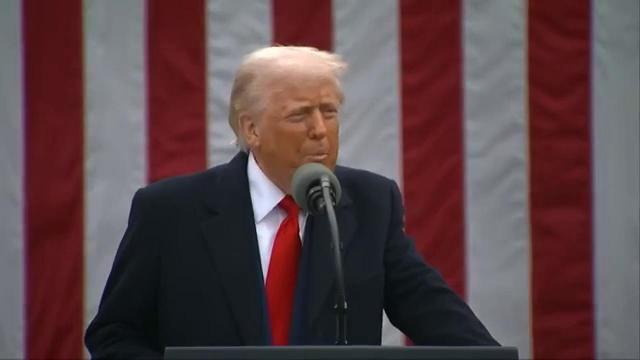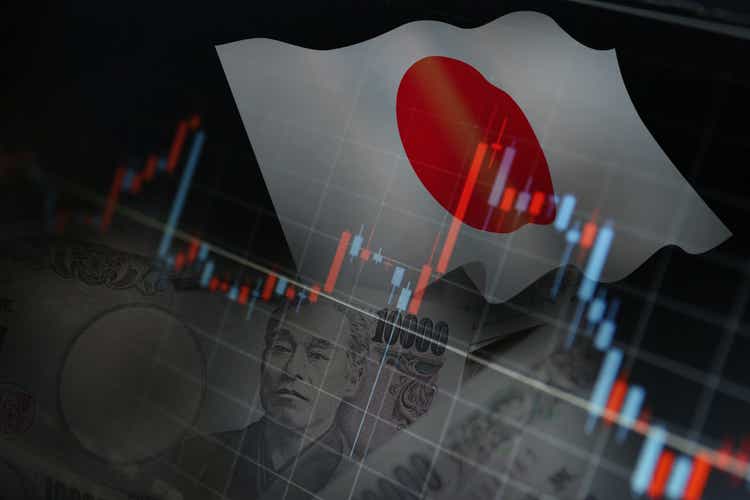Manufacturing Boom: China's Industrial Sector Roars Back to Life
Manufacturing
2025-03-31 03:12:00Content

China's manufacturing sector has staged a remarkable comeback, signaling renewed economic resilience. In a promising turn of events, the Purchasing Managers' Index (PMI) climbed to 50.5 in March, marking the highest level in twelve months and crossing the critical 50-point threshold that indicates expansion.
This encouraging uptick comes at a critical moment for China's economy, which has been navigating turbulent waters. The nation is actively working to rebuild economic confidence amid significant challenges, including a persistent property sector downturn and ongoing trade tensions with the United States.
Government authorities have been proactively implementing a series of strategic stimulus measures designed to reinvigorate economic growth. By setting ambitious job creation targets and growth objectives, Beijing is sending a clear message of commitment to economic recovery and stability.
The rising PMI suggests that manufacturing companies are experiencing improved operational conditions, with increased production, new orders, and a more optimistic business outlook. This development could potentially mark a turning point in China's economic trajectory, offering hope for sustained recovery in the coming months.
China's Economic Resurgence: Manufacturing Sector Signals Potential Turnaround
In the complex landscape of global economic dynamics, China stands at a critical juncture, navigating through unprecedented challenges while simultaneously demonstrating remarkable resilience. The nation's economic trajectory has been marked by intricate challenges, ranging from geopolitical tensions to internal structural transformations, making its recent manufacturing performance a beacon of potential recovery and strategic repositioning.Decoding China's Economic Momentum: A Comprehensive Analysis of Manufacturing Revival
The Manufacturing Renaissance: Unpacking the PMI Breakthrough
The recent surge in China's Purchasing Managers' Index (PMI) to 50.5 represents more than a mere statistical fluctuation. This milestone signifies a profound shift in the manufacturing ecosystem, reflecting nuanced strategic interventions and underlying economic recalibration. Economists and industry analysts are closely examining this development as a potential inflection point in China's economic narrative. Manufacturing sectors have historically been the backbone of China's economic prowess, and this recent performance suggests a potential renaissance. The PMI's ascension above the critical 50-point threshold indicates expansion, breaking away from months of contraction and signaling renewed industrial confidence.Navigating Geopolitical and Structural Challenges
China's economic landscape is fraught with multifaceted challenges that extend beyond traditional metrics. The ongoing property sector crisis has been a significant drag on economic momentum, creating ripple effects across various interconnected industries. Simultaneously, escalating trade tensions with the United States have necessitated a strategic recalibration of economic policies and international engagement strategies. The government's proactive approach involves implementing comprehensive stimulus measures designed to inject liquidity, boost investor confidence, and create a more conducive environment for industrial growth. These interventions are not merely reactive but represent a calculated long-term strategy to restructure and revitalize key economic sectors.Strategic Policy Interventions and Economic Resilience
Authorities have demonstrated remarkable adaptability by setting ambitious job creation and growth targets. These goals are not just numerical projections but represent a holistic approach to economic management. By focusing on employment generation and sustainable growth, China is signaling its commitment to social stability and economic transformation. The manufacturing sector's revival is intrinsically linked to broader policy frameworks that encourage innovation, technological advancement, and global competitiveness. Investment in research and development, support for emerging industries, and strategic infrastructure development are key components of this comprehensive approach.Global Economic Implications and Future Outlook
China's manufacturing performance carries significant global economic implications. As a major player in international trade and supply chains, any substantial shift in its industrial dynamics can trigger widespread economic recalibrations. The current trajectory suggests a potential stabilization and gradual recovery, which could have positive ramifications for global economic equilibrium. Investors, policymakers, and economic strategists are closely monitoring these developments, recognizing that China's economic performance is not just a national concern but a critical factor in global economic interconnectedness. The manufacturing sector's current momentum could be a harbinger of broader economic rejuvenation.Technological Innovation and Industrial Transformation
Beyond traditional manufacturing metrics, China is simultaneously driving a technological revolution. The integration of artificial intelligence, advanced robotics, and digital manufacturing processes is reshaping industrial landscapes. This technological leap is not just about maintaining competitive advantage but represents a fundamental reimagining of industrial capabilities. The current manufacturing renaissance is thus not merely a statistical recovery but a testament to China's adaptive capabilities, strategic vision, and commitment to continuous economic evolution.RELATED NEWS
Manufacturing

Tariff Titan: Trump's Bold Plan to Resurrect U.S. Manufacturing Might
2025-03-14 18:18:40
Manufacturing

Robots, Redesign, Revolution: How Smart Assembly is Transforming Manufacturing
2025-04-01 13:00:00
Manufacturing

Trade Tensions: How Trump's Tariffs Are Derailing Gen Z's Automotive Career Dreams
2025-05-05 16:10:48





